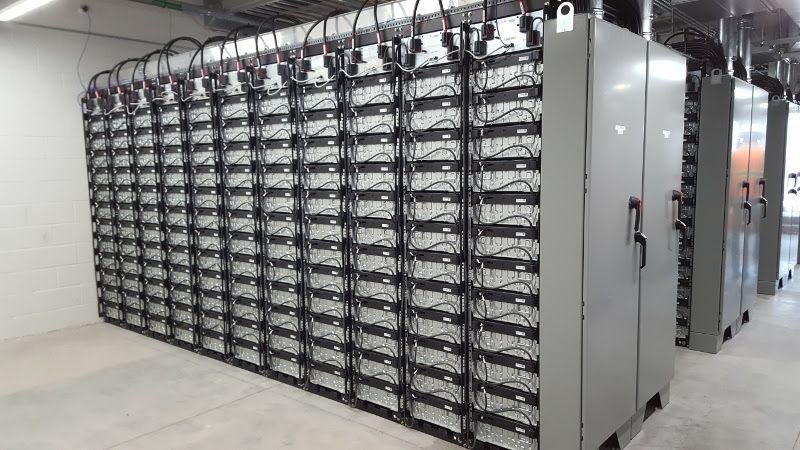analysis from BloombergNEF (BNEF) highlights that for applications requiring two hours of energy, batteries are beating gas peaker plants. While the 2019 LCOE benchmark for lithium-ion battery storage hit US$187 per megawatt-hour (MWh) already threatening coal and gas and representing a fall of 76% since 2012, by the first quarter of this year, the figure had dropped even further and now stands at US$150 per megawatt-hour for battery storage with four hours’ discharge duration.
The cost of battery energy storage has continued on its trajectory downwards, making it more and more competitive with fossil fuels. That in itself will come as no surprise to many in the industry. As we wrote last week, analysis from BloombergNEF (BNEF) highlights that for applications requiring two hours of energy, batteries are beating gas peaker plants. While the 2019 LCOE benchmark for lithium-ion battery storage hit US$187 per megawatt-hour (MWh) already threatening coal and gas and representing a fall of 76% since 2012, by the first quarter of this year, the figure had dropped even further and now stands at US$150 per megawatt-hour for battery storage with four hours’ discharge duration.
Andy Colthorpe spoke to Tifenn Brandily, BNEF’s lead author of the latest LCOE report, which covers solar, wind and more than 20 other technologies including battery storage from 47 regional markets around the world.
Let’s talk about how you derive the LCOE and the benchmark. I understand also that it varies a bit around the world and the US$150/MWh is an average figure?
To start with an analogy: you can think of a battery energy storage power plant just like a gas-fired power plant. It has a fuel cost, and the fuel cost of the battery is the electricity you have to pay for to charge the battery.
